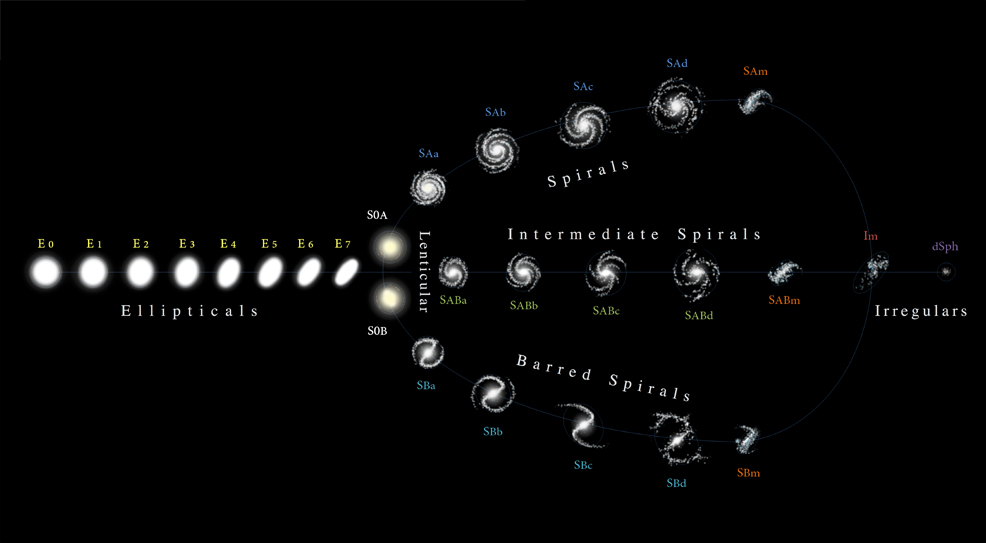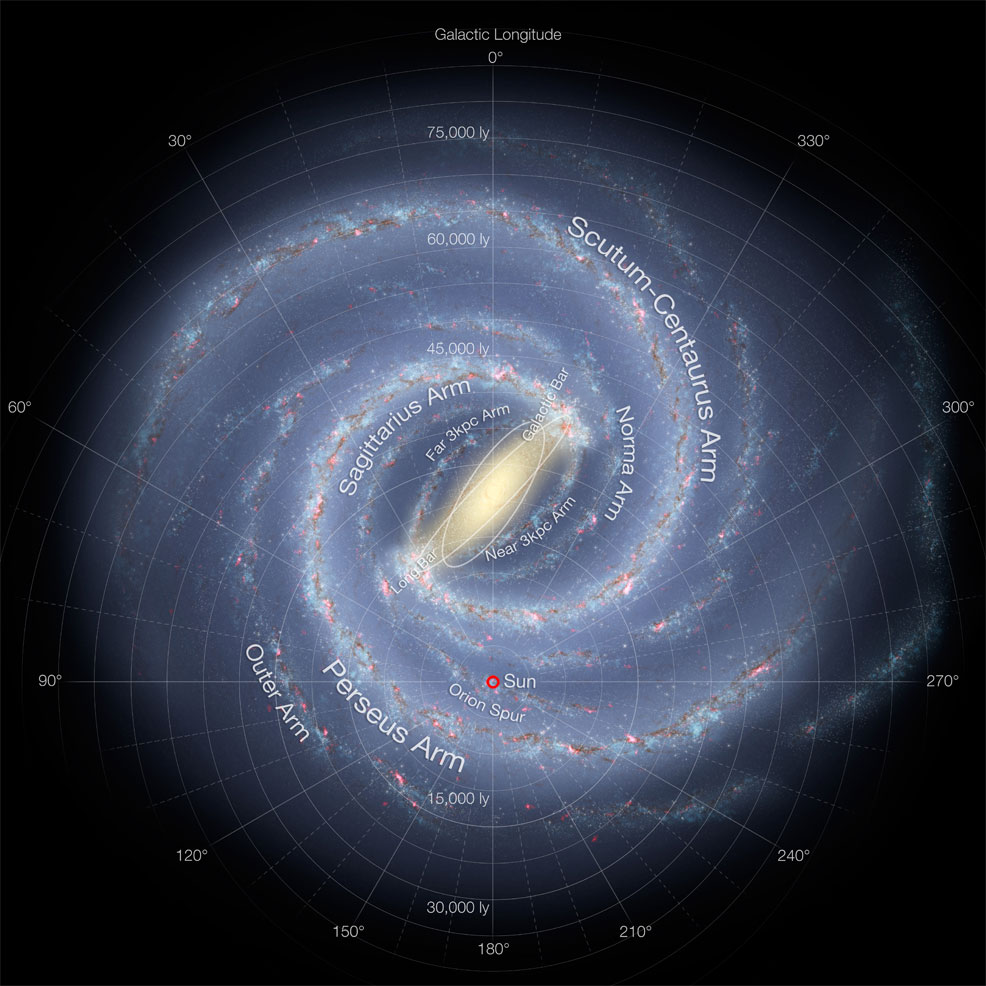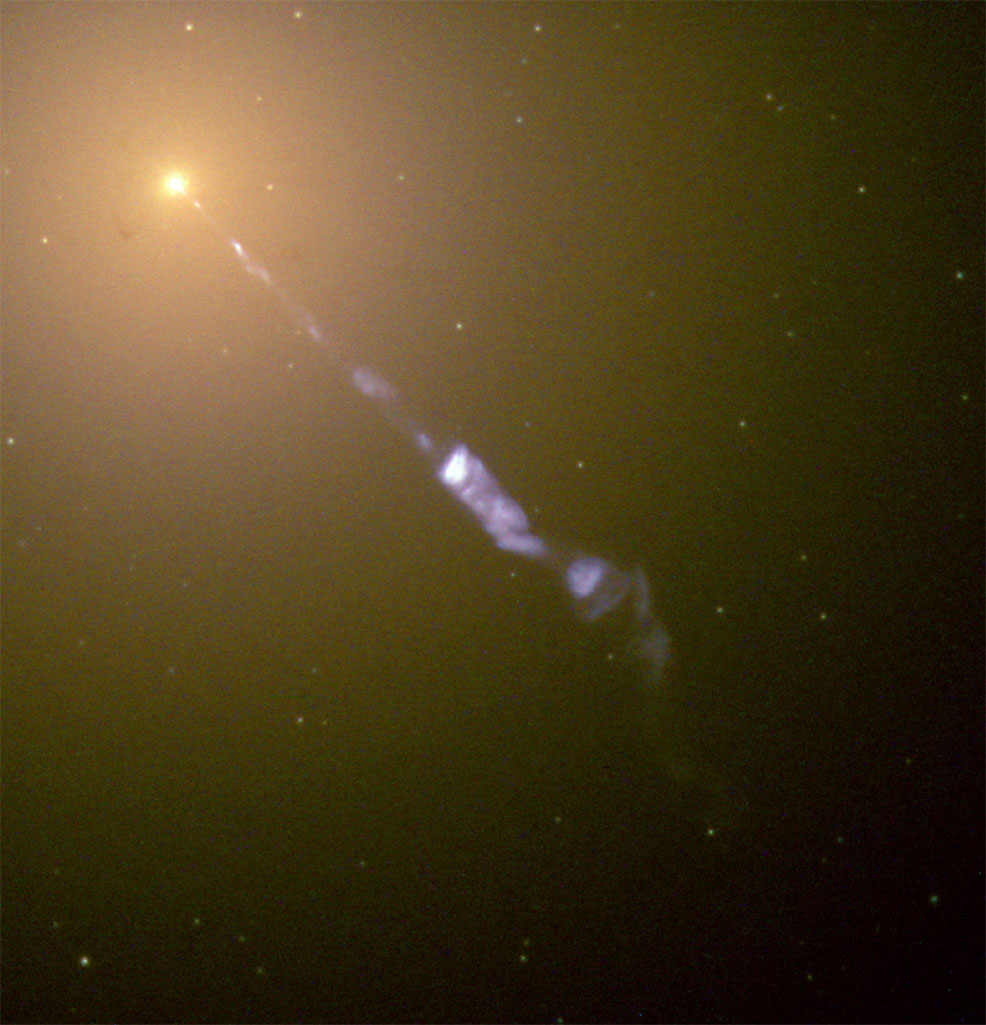
4th May 2020 New study examines which galaxies are best for intelligent life Spiral galaxies such as our own Milky Way are more likely to harbour intelligent, technologically advanced civilisations, a new paper argues.
Giant elliptical galaxies are less likely to be cradles of technological civilisations, according to an astrophysicist from the University of Arkansas. His study, published by the journal Monthly Notices of the Royal Astronomical Society, contradicts a 2015 paper that theorised such galaxies would be 10,000 times more likely than spiral disk galaxies like our own Milky Way to harbour advanced alien life. The increased likelihood, the authors of the 2015 study argued, would be because giant elliptical galaxies hold many more stars and have low rates of potentially lethal supernovae. But Daniel Whitmire, a retired astrophysics professor who is now an instructor in the University's Department of Mathematical Sciences, believes the 2015 study contradicts a statistical rule called the principle of mediocrity. Also known as the Copernican Principle, this states that in the absence of evidence to the contrary, an object or some property of an object should be considered typical of its class, rather than atypical. Historically, the principle has been employed several times to predict new physical phenomena – such as when Sir Isaac Newton calculated the approximate distance to the star Sirius, by assuming that the sun is a typical star and then comparing the relative brightness of the two. "The 2015 paper had a serious problem with the principle of mediocrity," says Whitmire. "In other words, why don't we find ourselves living in a large elliptical galaxy? To me, this raised a red flag. Any time you find yourself as an outlier, i.e. atypical, then that is a problem for the principle of mediocrity."
Whitmire also had to show that most stars (and therefore planets) reside in large elliptical galaxies in order to nail down his argument that the earlier paper violated the statistical rule. According to the principle of mediocrity, Earth and its resident technological society should be typical, not atypical, of planets with technological civilisations elsewhere in the universe. That means that its location in a spiral-shaped disk galaxy should also be typical. But the 2015 paper suggests the opposite, that most habitable planets would not be located in galaxies similar to ours, but rather in large, spherical-shaped elliptical galaxies. In his paper, Whitmire suggests a reason why large elliptical galaxies (such as M87, pictured below) may not be cradles of life: they were awash in lethal radiation when they were younger and smaller, and went through a series of quasar and star-burst supernovae events at that time. "The evolution of elliptical galaxies is totally different than the Milky Way," he explains. "These galaxies went through an early phase in which there is so much radiation that it would just completely have nuked any habitable planets in the galaxy and subsequently the star formation rate, and thus any new planets, went to essentially zero. There are no new stars forming and all the old stars have been irradiated and sterilised." If habitable planets hosting intelligent life are unlikely in large elliptical galaxies – where most stars and planets reside – then by default, galaxies such as our own Milky Way will be the primary sites of these civilisations, as expected by the principle of mediocrity, Whitmire concludes.
Comments »
If you enjoyed this article, please consider sharing it:
|









